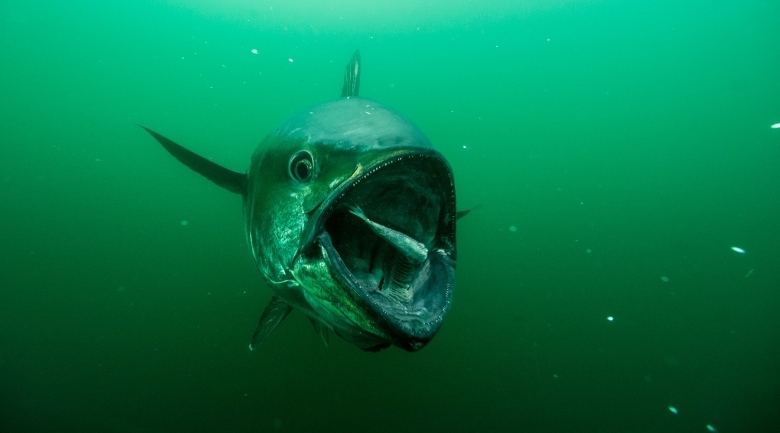
There’s been much debate these past few years over the cause of the so-called global warming “hiatus”, a pause in the overall uptick up of Earth’s temperature due to cooling at the surface of the Pacific Ocean since the early 2000s. Did climate warming stop? Nope, we just weren’t looking deep enough.
Earth’s extra heat, you see, has spent the last 10 years sinking into the vast depths of the equatorial Pacific and Indian Oceans. That’s the conclusion of a new study, conducted by scientists at NASA’s Jet Propulsion Laboratory and published today in the journal Science. The study, which examines two decades of observational data, offers the most definitive evidence to date that Earth’s largest ocean has been massively redistributing heat since 2003. Specifically, cooling in the top 100 meter layer of the Pacific Ocean has been compensated by warming in the 100 to 300 meter layer of both the Pacific and Indian Oceans, which together cover over 40% of our planet’s surface.
The global average ocean surface temperature has been rising since 2003 by +0.001ºC per year, according to Intergovernmental Panel on Climate Change. That temperature rise is notably slower than century-timescale warming of +0.006ºC per year since 1880. For the last few years, climate scientists have been trying to understand whether the hiatus was the result of a redistribution of heat within the ocean, or less overall heat uptake at the ocean’s surface.
Over the last few years, a likely scenario has begun to emerge. Modeling studies show that the cooling of the surface of the Pacific is probably being balanced by more rapid warming in deeper parts of the Atlantic or the Pacific. What’s more, a recent paper in Nature Climate Change used observational data and models to demonstrate increased heat transport from the Pacific to the Indian Ocean over the last decade. Clearly, the pathways by which Earth’s oceans process heat seem to be changing.
